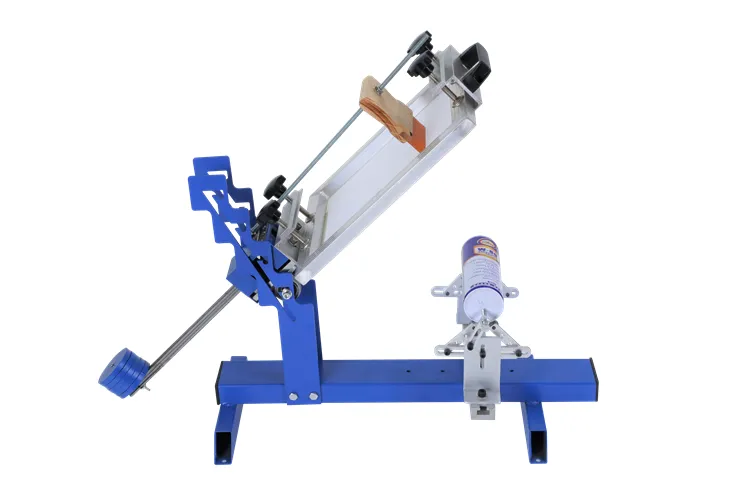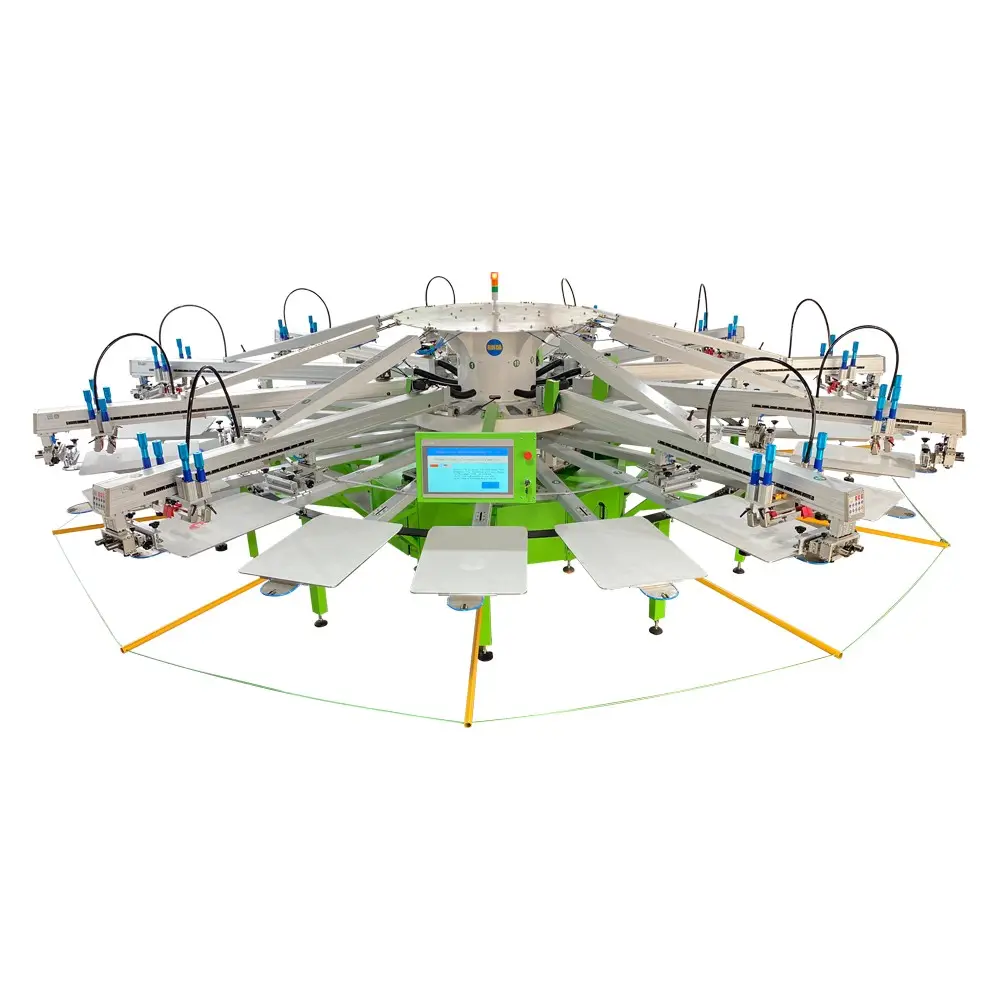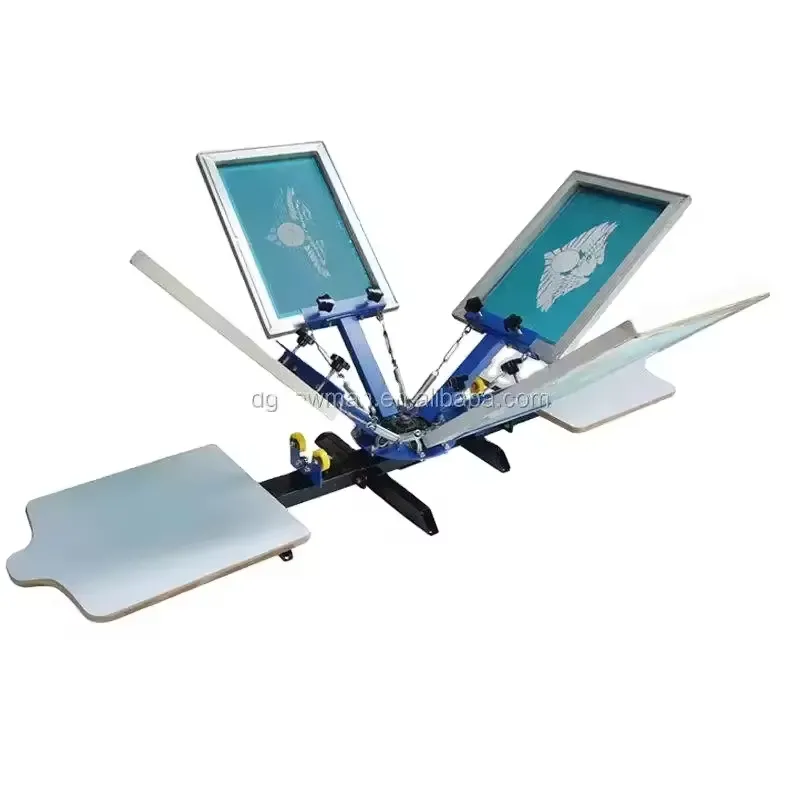impressão em tela plana
A impressão em tela plana representa um método de impressão versátil e preciso que revolucionou os processos de impressão industrial. Essa técnica utiliza uma tela plana, geralmente feita de poliéster ou aço inoxidável, esticada firmemente sobre um quadro. A tela contém a imagem ou padrão desejado, com as áreas não impressas bloqueadas e as áreas de impressão deixadas abertas. Durante a operação, a tinta é empurrada através dessas áreas abertas para o substrato abaixo usando uma espátula, criando a imagem impressa final. O processo é altamente adaptável, capaz de imprimir em diversos materiais, incluindo papel, tecidos, plásticos, metais e vidro. As máquinas modernas de impressão em tela plana são equipadas com recursos automatizados para registro preciso, depósito controlado de tinta e qualidade de impressão consistente. A tecnologia permite depósitos grossos de tinta, tornando-a ideal para aplicações que exigem cores opacas ou efeitos especiais. Além disso, o processo pode acomodar diferentes tipos de tintas, incluindo à base d'água, à base de solventes e tintas curáveis por UV, oferecendo flexibilidade para diversos requisitos de uso final. O design do sistema permite impressão tanto em pequeno quanto em grande formato, tornando-o adequado para diversas aplicações, desde sinalização industrial até impressões artísticas.


